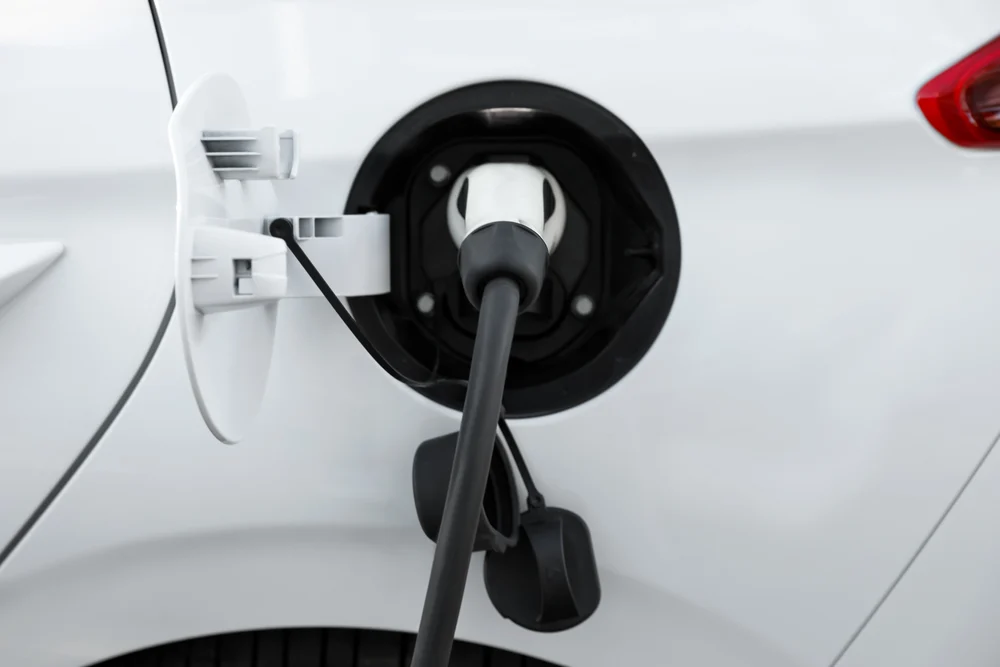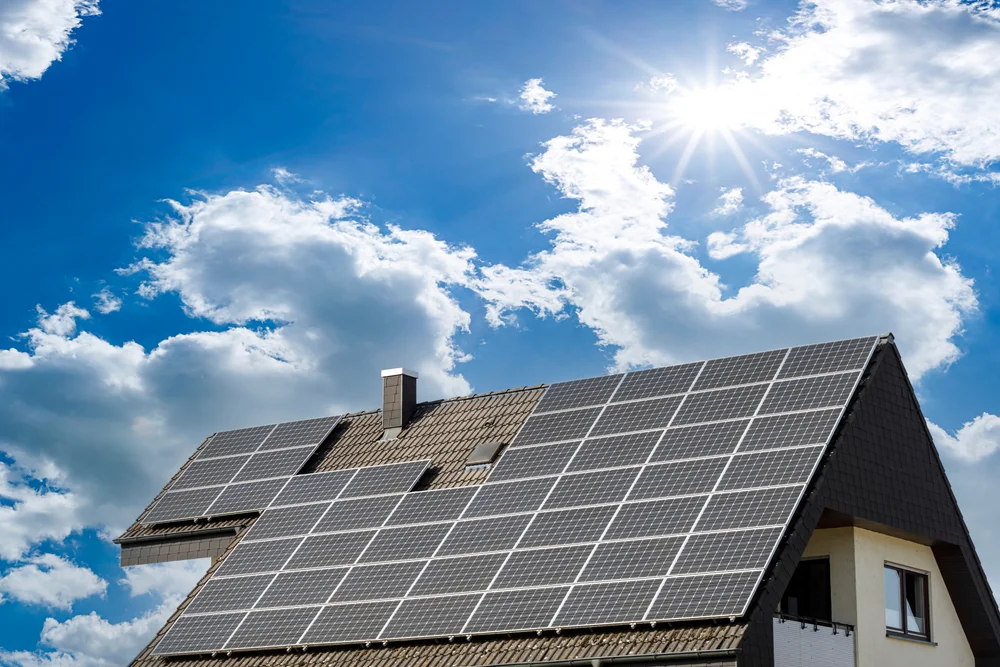As electric vehicles (EVs) continue to gain traction worldwide, the demand for efficient home charging solutions is skyrocketing. Drivers are now seeking charging stations that not only meet their needs but also integrate seamlessly into their daily routines. Smart charging presents a promising solution, offering users greater control over their charging experience while potentially reducing costs.
One of the standout features of smart charging is its ability to enhance the user experience by providing detailed insights into charging habits and energy consumption. By staying informed, drivers can make better decisions regarding when and how to charge their vehicles. Additionally, smart charging systems can help optimize costs by taking advantage of off-peak electricity rates, which can lead to significant savings over time.
So, what exactly does smart charging bring to the table? Let’s delve into the key benefits of adopting this technology.
Why Choose Smart EV Charging?
While traditional chargers are functional, smart chargers go a step further by leveraging advanced software to provide a more intuitive and interactive experience. Although they might come with a higher price tag, the long-term advantages often justify the initial investment. With connectivity features like mobile apps, users can manage their charging sessions remotely, ensuring their vehicles are always ready to go without unnecessary expense.
Take a look at the image below, showcasing a sleek EV being charged at home.

Now, let’s explore the five primary benefits of smart charging and how they can contribute to a smarter, more efficient lifestyle.
The Top Benefits of EV Smart Charging
Smart chargers connect your vehicle to the grid in ways that traditional chargers cannot. This connectivity opens up a host of possibilities, from real-time monitoring to automated energy management. Here’s a closer look at how these benefits unfold:
1. Enhanced Data Insights
Smart chargers are equipped with software that collects valuable data about your charging patterns and energy usage. For instance, you can track how frequently you charge your vehicle, how much energy is consumed, and at what times. This information empowers you to make smarter decisions regarding when and how to charge your EV, ultimately extending the battery's lifespan and improving overall efficiency.
Additionally, scheduling your charging sessions during off-peak hours can significantly reduce electricity costs. Many utility providers offer discounted rates during non-peak times, making it financially prudent to align your charging schedule accordingly.

Real-Time Monitoring
With a smart charger, you can keep an eye on your charging progress anytime, anywhere. Whether you're at work or on vacation, you can log in to your app and check the status of your EV. This level of control ensures that your car is always fully charged and ready for your next journey.
Automatic Updates
Another advantage of smart charging is the ability to receive automatic updates. Manufacturers can push updates to your charger, introducing new features or enhancing existing ones. This continuous improvement ensures that your charger remains cutting-edge, even years after purchase.
2. Load Balancing for Stability
Adding an EV to your household introduces additional strain on your electrical system. Without proper management, this could lead to circuit overloads and costly repairs. Dynamic load balancing addresses this issue by continuously monitoring your home’s power supply and adjusting the charging rate accordingly.
This intelligent feature allows multiple devices to operate simultaneously without triggering breaker trips. For example, if you’re running several appliances during the evening, the charger will temporarily reduce the current drawn by the EV to accommodate the increased demand. Once the appliances are turned off, the charger can resume normal charging.
Moreover, if you own multiple EVs, dynamic load balancing can prioritize charging for one vehicle over another, ensuring critical vehicles are always topped off first.

3. Leveraging Energy Storage
While EV batteries currently serve as power reserves for driving, their potential extends far beyond that. Vehicle-to-grid (V2G) technology enables bidirectional energy flow between your EV and the grid, allowing you to sell excess energy back to the utility company. This capability not only provides financial incentives but also helps stabilize the grid during periods of high demand.
Similarly, vehicle-to-home (V2H) technology allows your EV to act as a backup power source for your residence. During peak hours, you can draw energy directly from your car’s battery, reducing reliance on the grid. Conversely, you can recharge your EV during off-peak hours when electricity prices are lower, maximizing savings.
This flexibility makes V2H particularly appealing for households considering renewable energy installations. Instead of investing in standalone storage batteries, you can utilize your EV’s existing battery, saving both time and money.
4. Maximizing Renewable Energy Usage
For environmentally conscious drivers who generate their own energy—through solar panels or wind turbines—the question arises: Can I charge my EV using my own renewable energy? The answer lies in smart charging. By integrating renewable sources into your charging routine, you can ensure that your EV runs on clean, sustainable energy.
For example, scheduling charging during daylight hours maximizes the use of solar-generated electricity. Not only does this reduce your carbon footprint, but it also lowers your electricity bills by minimizing reliance on the grid.

5. Cost Efficiency Through Automation
Although purchasing a smart charger requires an upfront investment, the long-term benefits often outweigh the cost. Features like automated scheduling, load balancing, and integration with renewable energy sources can lead to substantial savings over time.

By charging during off-peak hours, you can take advantage of lower electricity rates, which can accumulate into meaningful savings over months and years. Furthermore, dynamic load balancing eliminates the need for costly upgrades to your home’s electrical infrastructure, saving you money on installation fees and avoiding potential increases in utility charges.
Looking ahead, vehicle-to-grid technology promises even greater cost efficiencies by allowing you to monetize your EV’s battery during periods of high grid demand. While this feature is still in its infancy, smart chargers are designed to be future-proof, meaning they can easily adapt to new advancements as they emerge.
As homeowners increasingly prioritize convenience and sustainability, smart charging emerges as a vital tool for streamlining EV ownership. To learn more about the various features offered by smart chargers, check out our comprehensive guide. Alternatively, explore our article on the cost-saving potential of smart charging to discover how this technology can help you achieve a more energy-efficient lifestyle.
china Sporting Goods Carbon Fiber supplier
Surfboard Materials,Carbon Fiber Surfboard,Carbon Fiber Surfboard , Powered Surfboard
Inamori Technology (Wuxi) Co., Ltd. , https://www.carbonfibrefactory.com